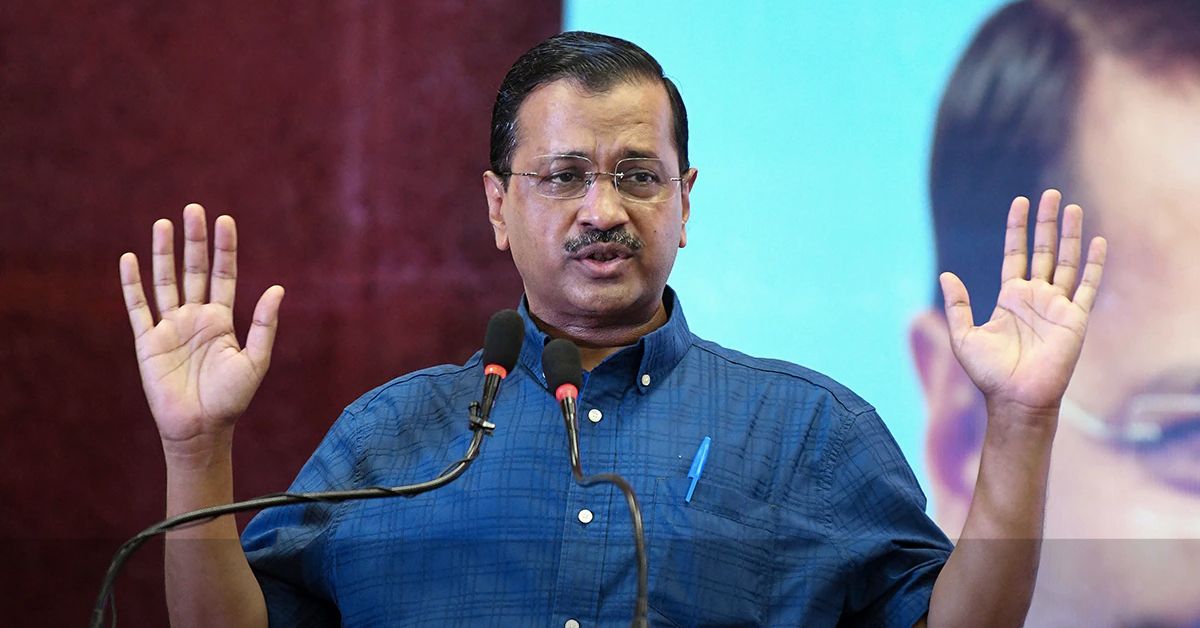The recent surge in the water levels of the Yamuna River in Delhi has not only brought attention to the potential risks of flooding but has also stirred political debates and prompted urgent calls for coordinated efforts to mitigate the situation.
As the river reached its highest recorded level, the Chief Minister of Delhi, Arvind Kejriwal, expressed concerns about the unprecedented release of water from Haryana and appealed to the Central Government for assistance. This article delves into the implications of the rising Yamuna water levels, the government’s response, and the need for collaborative action to safeguard the affected communities.

Unprecedented Water Levels and Their Impact
Delhi witnessed an alarming rise in the water levels of the Yamuna River, culminating in the highest recorded level of 207.55 meters. The unprecedented volume of rainfall and the release of excess water from the Hathnikund barrage in Haryana has contributed to the situation.
As a result, low-lying neighborhoods along the river are at risk of flooding, leading to the evacuation of thousands of residents. Land encroachment along the riverbanks has further exacerbated the vulnerability of these communities.
The Chief Minister of Delhi, Arvind Kejriwal, expressed concerns about the unprecedented release of water from Haryana and appealed to the Central Government for assistance:
Central Water Commission predicts 207.72 meter water level in Yamuna tonite. Not good news for Delhi.
There have been no rains in Delhi last 2 days, however, levels of Yamuna are rising due to abnormally high volumes of water being released by Haryana at Hathnikund barrage.… pic.twitter.com/3D0SI2eYUm
— Arvind Kejriwal (@ArvindKejriwal) July 12, 2023
Political Response and Call for Central Government Support
Chief Minister Arvind Kejriwal has voiced concerns over the excessive water release from Haryana, attributing it to the rising water levels in the Yamuna. He has appealed to the Central Government to take immediate action and prevent further crisis escalation.
Additionally, the Delhi administration, led by Atishi, a minister in the Aam Aadmi Party, has assured the public of their commitment to monitoring the situation closely and implementing measures to protect the affected areas.
#WATCH | Delhi | The Delhi government is fully prepared to tackle any situation. We are regularly conducting evacuations near the Yamuna River. Several embankments have been installed to prevent the breach of water. We are monitoring the situation continuously: Atishi, Delhi… pic.twitter.com/jU90YgrZ2w
— ANI (@ANI) July 12, 2023
The government has initiated evacuations, deployed barriers to control the water flow, and maintained continuous surveillance to mitigate the risks.
The Need for Collaborative Efforts
The challenges posed by the rising Yamuna water levels necessitate a collaborative approach involving multiple stakeholders. While the Delhi government has taken proactive steps, addressing the root causes requires cooperation between the state and central governments.
Efforts to prevent encroachment along the riverbanks, improve infrastructure resilience, and enhance flood management strategies should be prioritized. Moreover, coordination with neighboring states like Haryana is crucial to ensure responsible water release practices and long-term solutions.
Read more articles for all Indian headlines:
- Delhi Geeta Colony Saw a Dismembered Woman Body, Similar to the Shraddha Murder
- Controversial Case Update: Former AAP Councilor Tahir Hussain gets bail in 2020 Delhi Riots
Building Resilience and Safeguarding Communities
As climate change continues to manifest in extreme weather events, it is imperative to enhance the preparedness and resilience of communities vulnerable to flooding. Investments in floodplain management, early warning systems, and sustainable urban planning can minimize the impact of such natural disasters.
Public awareness campaigns and community engagement efforts are also essential to foster a culture of preparedness and empower residents with the knowledge and tools to protect themselves during emergencies.
Conclusion
The rising water levels of the Yamuna River in Delhi have exposed the vulnerabilities of communities living along its banks and highlighted the need for immediate action. The concerns raised by Chief Minister Arvind Kejriwal underscore the importance of collaborative efforts between the state and central governments, along with the active involvement of local communities.
By prioritizing flood management strategies, addressing encroachment issues, and investing in long-term resilience measures, Delhi can better protect its residents and ensure sustainable coexistence with the Yamuna River.


https://t.me/s/officials_pokerdom/3316
https://t.me/s/iGaming_live/4866